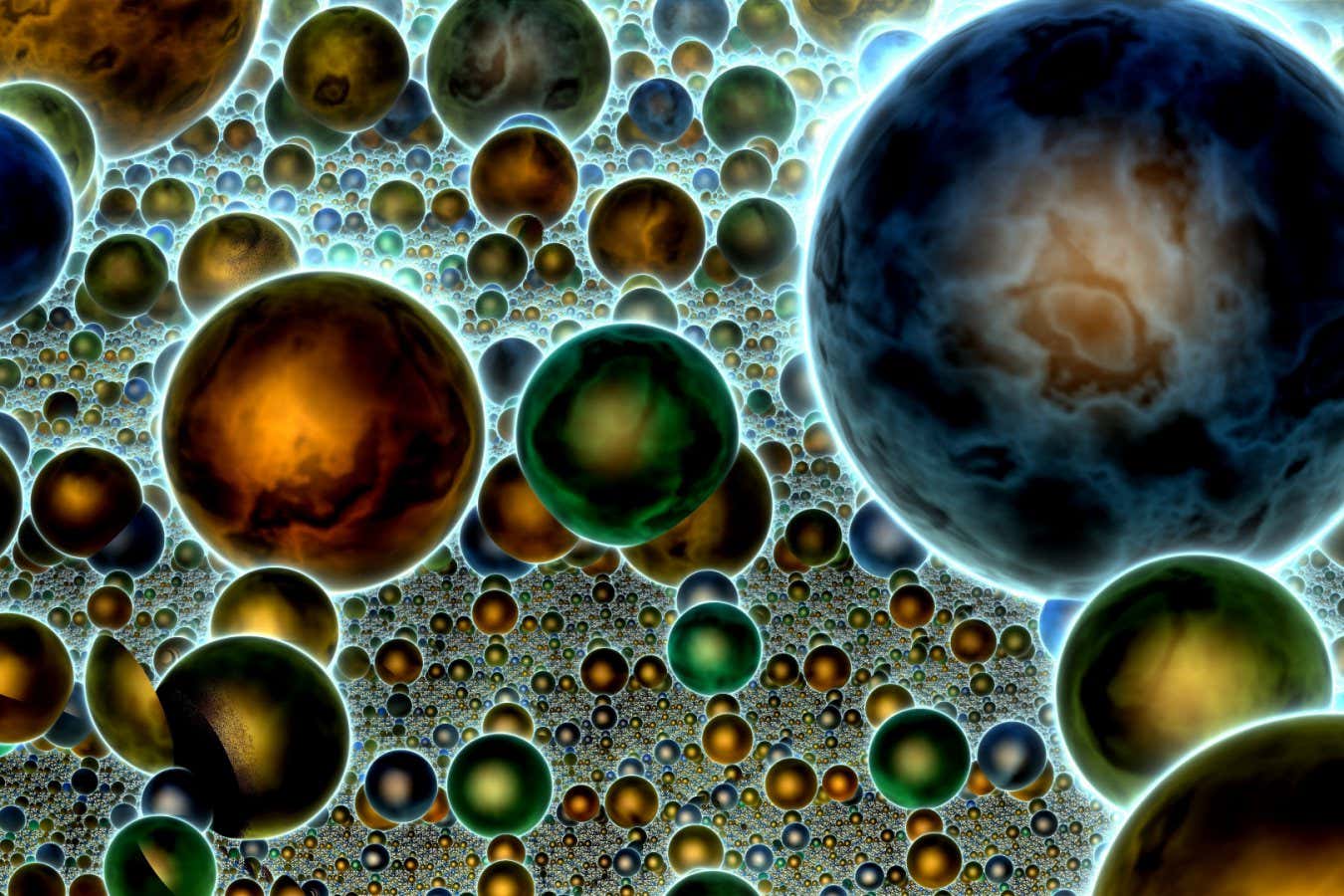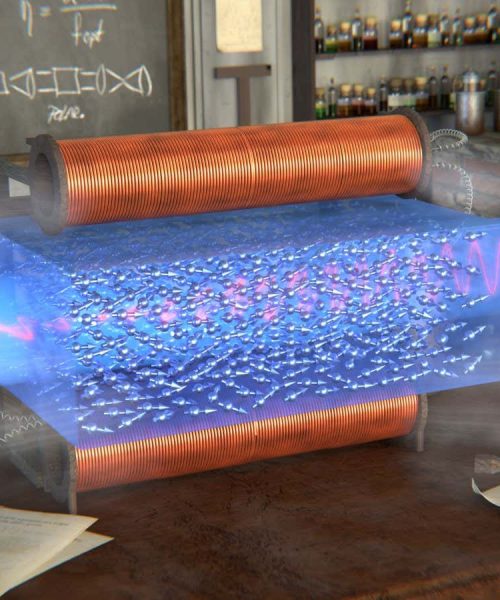
Shutterstock/Dr. Norbert Lange
This story is part of our Cosmic Perspective series, in which we confront the staggering vastness of the cosmos and our place in it. Read the rest of the series here.
We think our universe contains everything that exists, has ever existed and will exist in the future. But this might not be the case: there are many ways other universes could exist.
One is that we could be a single part of a branch of infinite universes known collectively as the multiverse. These universes might have appeared shortly after the big bang, they might be hiding in extra dimensions or they could pop into existence whenever a quantum property goes from a cloud of possible states to a single reality.
Multiverse ideas gained scientific weight in the 1980s with the invention of inflation, a period when the early universe suddenly expanded. Inflation explains why the cosmos is so flat and smooth, but it also predicts the creation of a multitude of independent bubble universes.
Cyclic universes
Yet inflation is just one route to a multiverse, and it has its critics. In recent years, many cosmologists have turned to alternatives like cyclic universe theories, which say the universe is on an unending cycle between ballooning and compressing. These theories still invoke multiple universes, but at different times.
“What I didn’t like about inflation was that there are very few genuine predictions – you don’t get out much more than you put in,” says Neil Turok, a physicist at the University of Edinburgh, UK, who…





